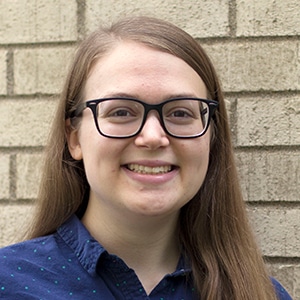On this blog, we typically focus on nutrition and how we can fuel our bodies for healthy aging. Today, however, we are going to focus on another important aspect of health as we age—physical exercise.
You’ve probably heard the two terms frequently used together. Both a healthy diet and regular exercise are recommended ways to improve health outcomes and manage a wide variety of conditions. But what are the benefits of regular exercise, and how can we begin incorporating it into our daily lives? Let’s explore these questions and how they relate to our health as we age.
Benefits of Physical Exercise
The benefits of physical exercise are numerous and affect all our bodily systems in some way. While this list isn’t exhaustive, here are a few key areas that are positively affected by exercise.
Muscles and Joints
Physical exercise is key to maintaining healthy bones, muscles and joints. According to the CDC, regular exercise can slow loss of bone density that can occur as we age. Balance can also improve, reducing the risk of falls.
Chronic Conditions
Many chronic conditions can be prevented or improved by incorporating physical exercise. When we think of arthritis and rheumatic conditions, it might seem like rest and inactivity are best to reduce pain. However, strategic use of regular exercise can help control pain and swelling associated with these conditions. Other conditions that may benefit from exercise include lower back pain and fibromyalgia.
Healthy blood vessels and heart contribute to overall good health, and exercise can help reduce blood pressure and lower risk of cardiovascular disease.
Overall, stamina and strength can improve for many chronic conditions through exercise.
Brain Health
Did you know that physical exercise can have a positive effect on the brain? Processes like thinking, learning and judgement naturally decline as we age. Exercise has been shown to keep these skills sharp. Staying physically active can reduce changes in the brain that may contribute to Alzheimer’s disease and other dementias.
Additionally, getting your body moving can help reduce symptoms of anxiety and depression, which have become increasingly common in the aging population during the ongoing pandemic.
How to get started with exercise
Getting started with exercise as an older adult can feel daunting if it’s not already part of your daily life. Here are a few recommendations for seniors to begin.
- Consult your doctor – It’s always a good idea to talk with your doctor about exercise before starting. They are aware of your existing health conditions, so they may be able to give you some exercise ideas to get you started at the appropriate level.
- Start gentle – For older adults, the CDC recommends 150 minutes of moderate exercise per week, at least two days of muscle strengthening, and three days of activities to improve balance. However, that can be a lot if you are just starting out, so start small. Remember, any movement can be beneficial for the body.
Take an assessment of where you are now with exercising and go from there. If you are sedentary most of the day, potentially start by incorporating some exercises that can be done sitting down. The Alzheimer’s Society has a great infographic for chair exercise ideas. It is important not to do too much too quickly, as this could cause injury and hurt the body. Be honest with where you are, and know that even gentle movements can be beneficial.
- Find something you enjoy – You are more likely to stick to an exercise activity that you enjoy. Some popular choices include walking and gardening. Water aerobics may be an option, if it is available near you. Incorporating exercise into activities you already enjoy can be motivating as well. For example, consider doing chair exercises during commercial breaks while watching television.
Reap the benefits of exercise this spring by incorporating regular physical activity into your daily life!

Kristen Phillips
Kristen Phillips, an AmeriCorps VISTA at CICOA, brings her background in hunger relief and working with older adults with dementia to the Meals & More department. She holds a bachelor’s degree in music therapy from Appalachian State University. While in school, Kristen worked with people of all ages to refine her skills as a music therapist. During her studies, she found her passion working with older adults with dementia and continued working with this population during a six-month internship to finish her certification. In 2018, she moved to Indianapolis to begin her first AmeriCorps VISTA term and gained experience in hunger relief efforts. Since then, Kristen has made Central Indiana her home.
The post Let’s Get Physical! The Proven Benefits of Exercise for Older Adults first appeared on CICOA Aging & In-Home Solutions.
